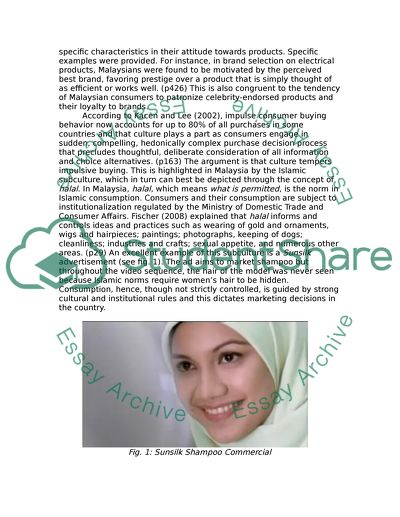Cite this document
(“Consumer Behaviour in Malaysia Essay Example | Topics and Well Written Essays - 1250 words”, n.d.)
Retrieved from https://studentshare.org/marketing/1435323-consumer-behaviour-in-malaysia
Retrieved from https://studentshare.org/marketing/1435323-consumer-behaviour-in-malaysia
(Consumer Behaviour in Malaysia Essay Example | Topics and Well Written Essays - 1250 Words)
https://studentshare.org/marketing/1435323-consumer-behaviour-in-malaysia.
https://studentshare.org/marketing/1435323-consumer-behaviour-in-malaysia.
“Consumer Behaviour in Malaysia Essay Example | Topics and Well Written Essays - 1250 Words”, n.d. https://studentshare.org/marketing/1435323-consumer-behaviour-in-malaysia.


